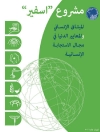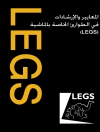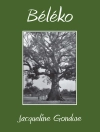This book analyses the metaphysical and poetical notions and the processes of ‘rooting into a culture’ and ‘routing out of a culture’ in the context of South Asian diaspora in Australia. These diasporic narratives are often characterised by bifurcated and dislocated identities that exist in a liminal space, in-between two identities, two cultures, and two histories. Yet, ‘home’ remains, through acts of imagination, remembering and re-creation, an important reference point. The author argues that a clearer notion of politics of location is required to distinguish between the different kinds of ‘dislocation’ the immigrants suffer, both psychologically and sociologically. The diaspora is Australia is an under-studied topic, and this book fills a lacuna in South Asian diaspora studies by analysing and calling upon a wide range of works in this field from historical, anthropological, sociological, cultural, and literary studies.
Tabla de materias
1. Introduction: Roots and Routes.- 2. South Asian Diaspora in Australia: History, Research, and Literature.- 3. An Element of Romanticization: Sensory and Spatial Locations.- 4. A Journey through Places: Politics of Spatial Location.- 5. Real, Imagined, and Mythologized: (Re)Presentation of Lost Home.- 6. Acts of Remembering and Forgetting: Reflections through Nostalgia.- 7. An Australian Learning Experience: Prejudice, Racism, and Indifference.- 8. Another World, Another Future.- 9. Conclusion: Thoda Indian, Thoda Aussie.
Sobre el autor
Amit Sarwal is a Producer at SBS Hindi Radio in Melbourne, Australia. He is also an Honorary Associate Professor of RMIT University and the Founding Convenor of Australia-India Interdisciplinary Research Network (AIIRN). He was a postdoctoral fellow at Deakin University and has also taught as Assistant Professor at the University of Delhi. He has many books to his credit, prominent being: Salaam Bollywood (Routledge, 2016), Labels and Locations (CSP, 2015), Bollywood and its Other(s) (Palgrave Macmillan, 2014), and Wanderings in India (Monash University Press, 2012).











